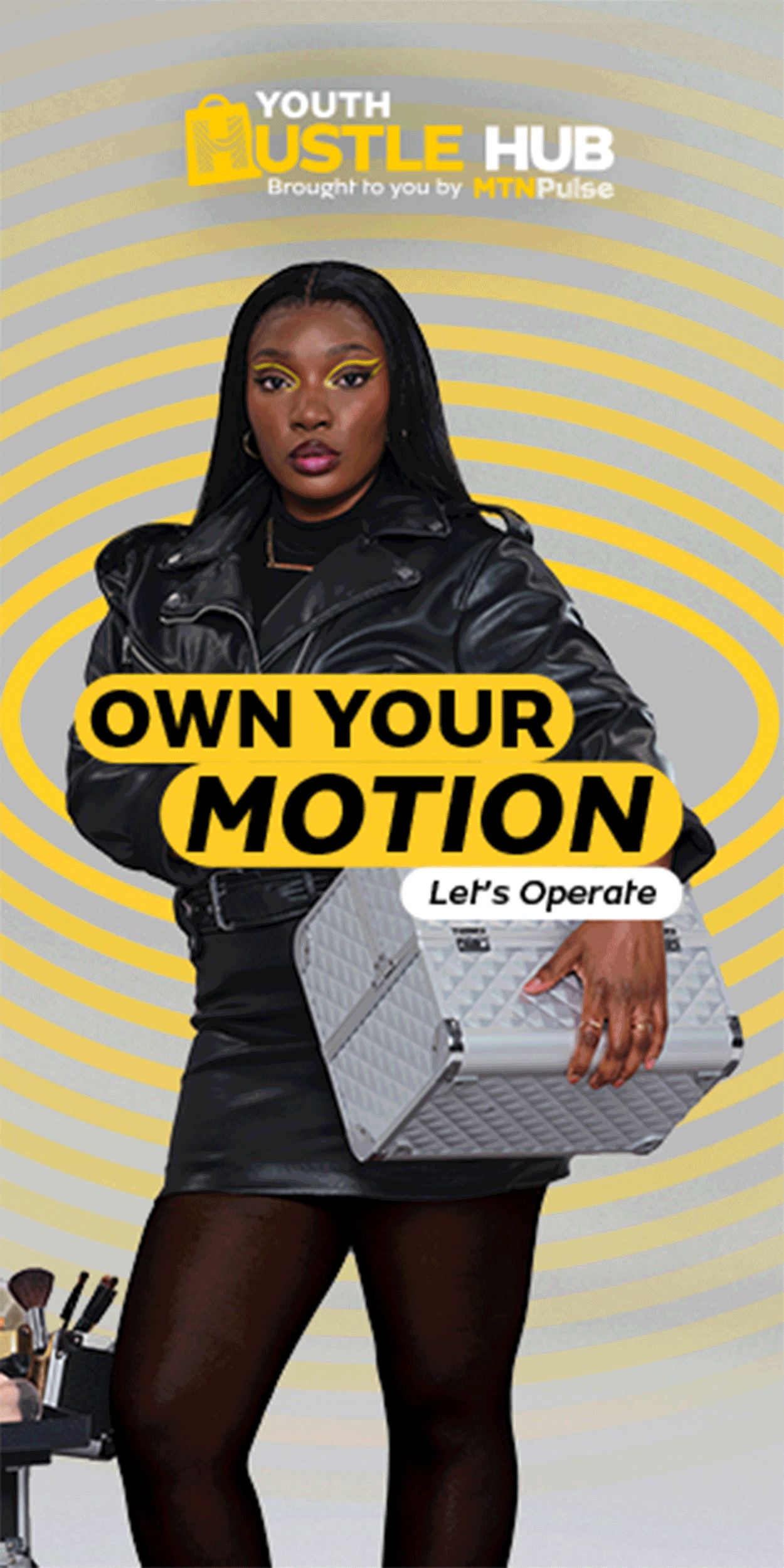Seeing your products on the shelves of stores nationwide is the dream, right? Just like many of the founders in our SME Founder Focus, you can also get your products displayed in retailers. Here’s how to sell products in retail stores.
When you start to see your business grow and you are thinking about its future, there are a few steps you can follow to obtain shelf space at major (or relevant) retailers. The most important, however, is to be compliant with food safety regulations and other business areas before approaching any retailer. This will significantly improve your chances of reaching retail shelves
Here is an overview of the steps you need to follow towards success.
Step 1: Find a Store
Identify local businesses that are serving your target market. By first getting your products sold by smaller shops, you can convince them more easily that they need to stock your product than big, multi-location brands.
Carefully assess the prospective retail stores. You need to understand their buyer information, product preferences, purchasing cycle, pricing strategies, as well as their promotions and completing products they may stock.
Step 2: Develop Your Pitch
From here, you can develop a sales pitch to convince them to buy and sell your product. The type of pitch you use can depend on the store you’re approaching. This is something that you will have better insight into once you have investigated your target retailer.
Some businesses will be better approached if you do so in person, speaking with the management team, about your product, its features and why their customers will be interested in the items. Others don’t work like that at all; They expect you to follow formal procedures to apply to become a supplier. Yet, in both cases patience and persistence are key. Often this procedure is relationship-building heavy and will take some time for you to get into a business owner’s good graces before they consider stocking your products.
Step 3: Pitch the Whole Business
When presenting your products to the retailer to be purchased and sold, you are not just focusing on one small product, you are actually selling the entire brand to the retailer. You want them to understand your brand, why you produce the products you do and believe in it as strongly as you do.
When pitching, be ready to answer tough questions about your business and your products. You will also need to create some buzz surrounding your products.
Step 4: Complete the Paperwork
Just because an owner or manager is keen to sell your product doesn’t mean you are out of the woods yet. There are still some logistical issues such as the agreement between the supplier (you) and the buyer (The retail store)
This can include signing up for the retailer’s Supplier and Development programme. Registration and compliance documents, data sheets and company information might be required.
Step 5: Sell Products Anywhere Any Time
Trade shows, expos and online markets are a great way to give your products some extra exposure. As long as these events align with your business goals, they can serve as additional marketing exposure for your business.
This works to build brand awareness, potentially aiding your business when it approaches large retailers.
Step 6: Aim for big Chain Retailers
When you want to reach big chain retailers like Shoprite or even Food Lovers, it is a good idea to try smaller retailers first. Once you can prove that your products can sell, you can attempt the bigger targets. Most large chain retailers have their own supplier development programmes. You can search for each individual retailer to find their respective requirements.
It’s important to note that although this is a goal worth having, you need to be open-minded and consider that your business might not benefit from selling at a retailer. Do your market research first, before you take this giant step.
By following the above steps, you have a clear path towards getting your products on the shelves of retailers. Remember, there is nothing wrong with starting small and first targeting small retailers before approaching giant retailers like Pick n Pay. One step at a time will take you far in the end.

